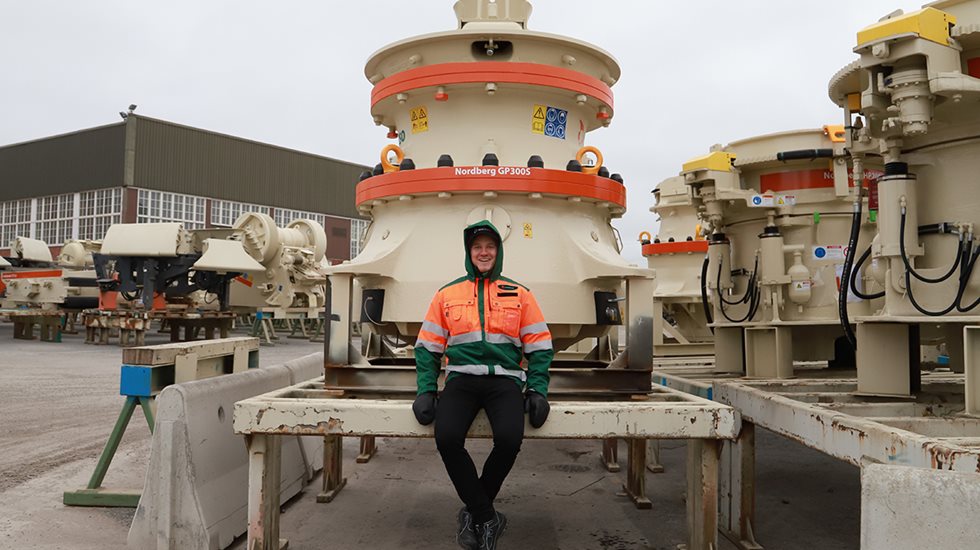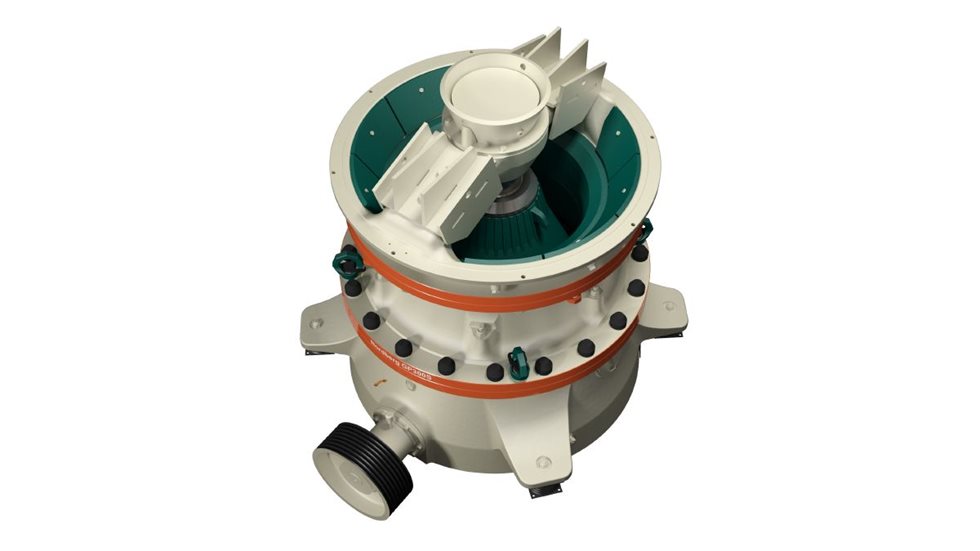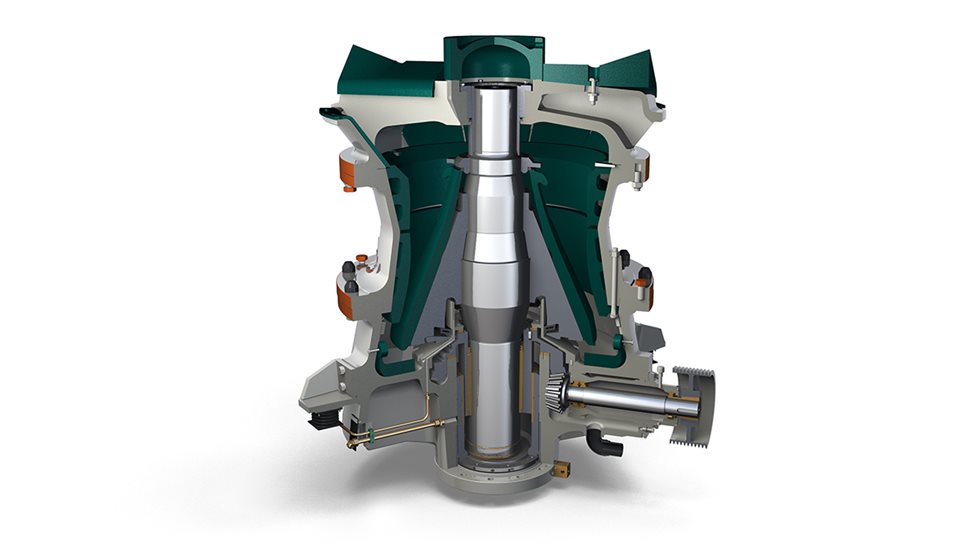We had a chat with our recently appointed Product Specialist for GP Cones and C Jaws, Janne Lahtela, who told us how GP Secondary cone crushers help to reduce operating costs and ensure smooth feed material flow.
Q1: First of all, which cone crushers are we now talking about?
GP Secondaries are engineered for the secondary crushing stage, which in certain applications requires quite specific features from a cone crusher. As a result, they actually look a bit different compared to our versatile cones like the Nordberg® GP Series™, HP Series™ and Metso MX™ cone crushers. Those ones can be utilized in secondary, tertiary and quaternary crushing stages.
That being said, not all secondary crushing applications are the same, and in most of them those versatile cones work tremendously well! But in certain situations, GP Secondaries’ design principles will provide the best performance.
The GP Secondary range includes the GP100S™, GP300S and GP500S™ models, which are part of the Nordberg® GP Series™ cone crusher product family. As the “S” at the end of their name suggests, they are typically located at the site as a secondary crusher.
Q2: So, there can be different requirements for a cone crusher, if it is operating in the secondary or tertiary stage?
You are correct to a certain extent. The main differences in requirements might come from the process stability or feed size point-of-view, to name a few.
The crushing process may not be stable at the secondary crushing stage. The feed material flow could vary, especially if a surge pin or stockpile is not in use. This means that the crusher may constantly be changing between choke fed, partially full and empty cavity situations.
This variation extends to feed size and gradation as well; it can be anything between massively coarse and fine.
The main feature of the GP Secondaries is the capability to accept extra-large feed material in relation to their physical size. This unique “feed opening to weight ratio” creates numerous possibilities for our customers to optimize their operating expenses and maximize uptime for their whole crushing circuit. In cases where the feed size is the limiting factor, GP Secondaries help to optimize capital expenses too.
Q3: Is the big feed opening beneficial regarding operational expenses and if so, why?
Yes, both directly and indirectly. Directly by the crusher’s excellent performance in its demanding task, and indirectly by how its design positively affects the other crushers around it.
The situation known as blockage, or bridging, is a common challenge in rock crushing. In bridging, too coarse or slabby feed material may get stuck in the feed opening of a cone crusher, thus blocking other material from entering the cavity and limiting the overall capacity of the plant.
Really coarse feed material can be a consequence of using too large double-toggle, short stroke single-toggle or otherwise older technology jaw crusher, which just isn’t capable of reducing the material size enough for the rest of the process, but is too expensive to change to a more suitable one.
In these kind of situations, the big feed opening and lifted spider arms of the GP Secondary cone crusher help by enabling smooth flow of even the coarsest feed material by preventing the formation of blockages.




